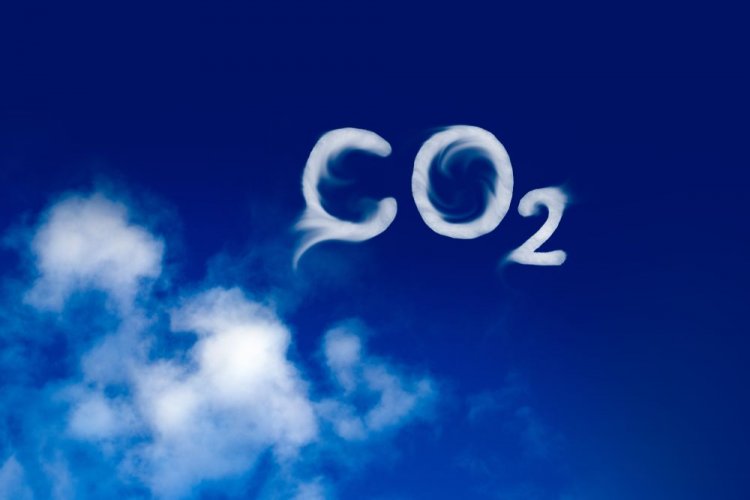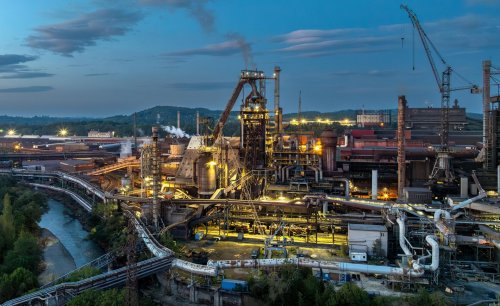The US Department of Energy (DOE) will spend $ 3.5 billion on funding for four large-scale regional centers for direct carbon capture and storage (CDR) to scale efforts to deeply decarbonise the economy.
It will help overcome the effects of climate change, create jobs, engage communities and support environmental justice, reports US Department of Energy.
"The latest UN climate report has clearly shown that removing obsolete carbon monoxide from the air through direct capture from the air and safe storage is an important weapon in our fight against the climate crisis," said US Secretary of Energy Jennifer Granholm.
She also added that President Biden's bipartisan infrastructure law funds new technologies that will not only make a carbon-free future a reality, but will also help position the United States as a zero-leading leader.
The material explained that direct capture from the air is a process that separates CO2 from the ambient air, which is then permanently stored deep underground or used in durable products such as concrete, which prevents it from being released back into the atmosphere.
This is different from carbon capture systems at industrial facilities and power plants, which primarily prevent additional air emissions.
By the middle of the century, CDRs will need to be deployed on a gigatonic scale. This amount is equivalent to the annual emissions from the US light vehicle fleet.
Each of the program projects will deliver and store, or use carbon removed from the atmosphere. Hubs will be able to capture and then continuously store at least one million metric tons of CO2 from the atmosphere per year, or from a single unit, or from several interconnected units.
"In developing and deploying four regional centers, the Ministry of Health will also focus on environmental justice, community involvement, consent placement, equity and labor development, and internal supply and production chains," the report said.
In addition, Fossil Energy and Carbon Management DOE funds research, development, demonstration and implementation of projects, priorities of which include capture of carbon from a point source, conversion of carbon dioxide, removal of carbon dioxide, reliable storage and transportation of carbon, hydrogen production with controlled carbon methane emissions and extraction of essential minerals.
We will remind, in US are testing advanced technology for greening of government buildings.
As EcoPolitics reported earlier, scientists have confirmed direct connection between abnormal showers and human activities.





